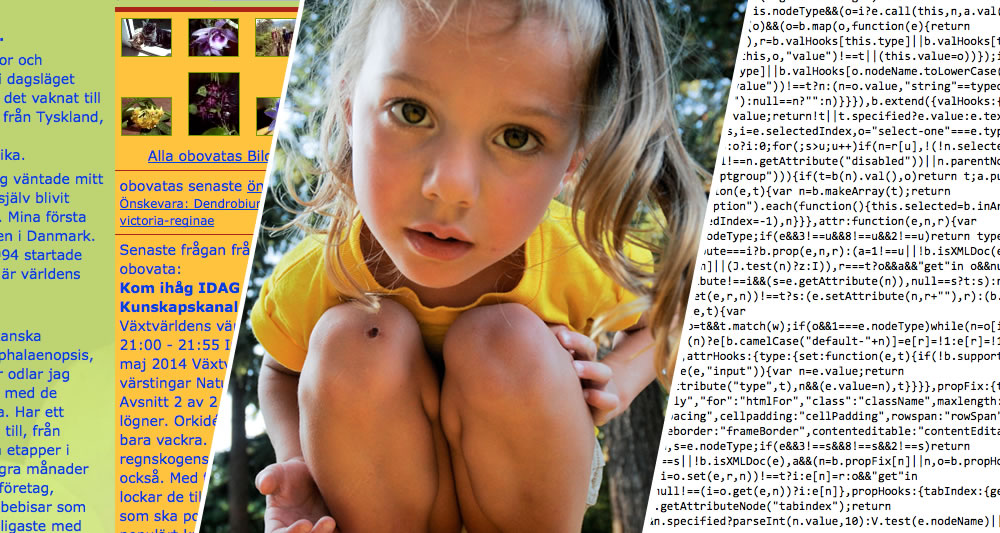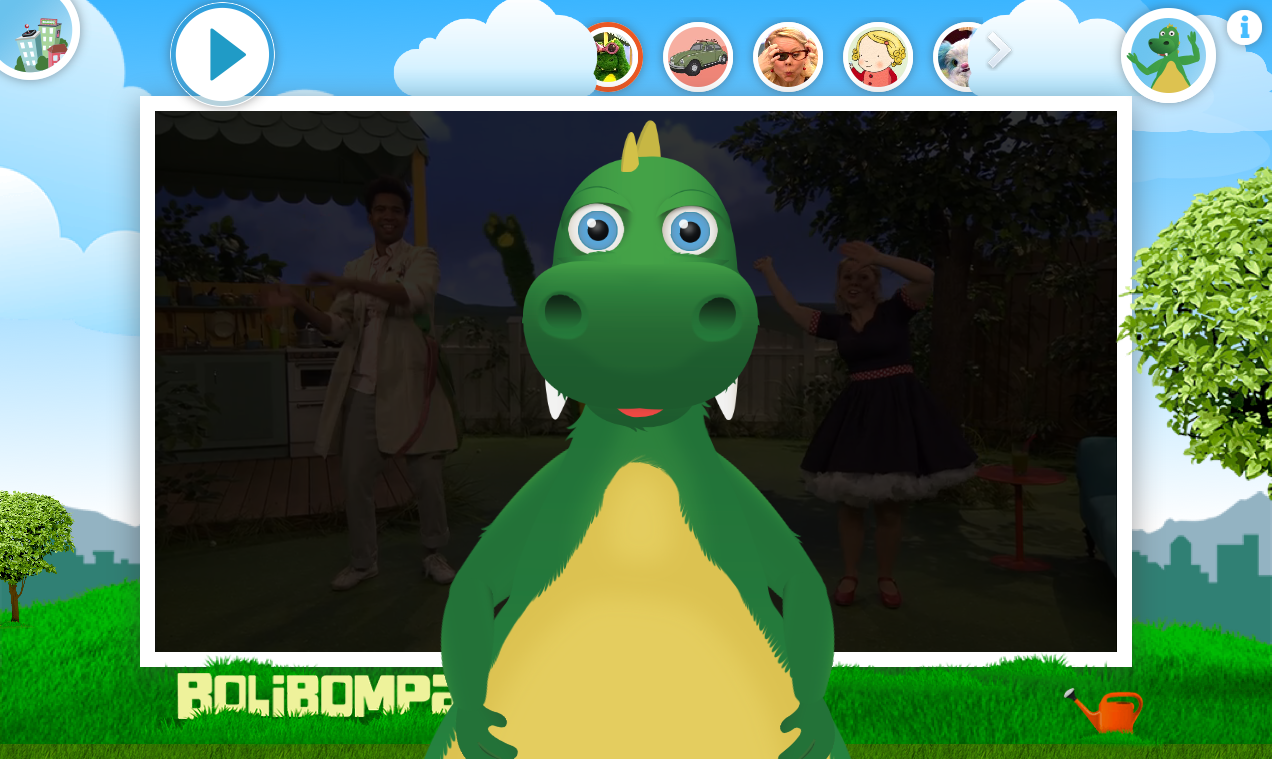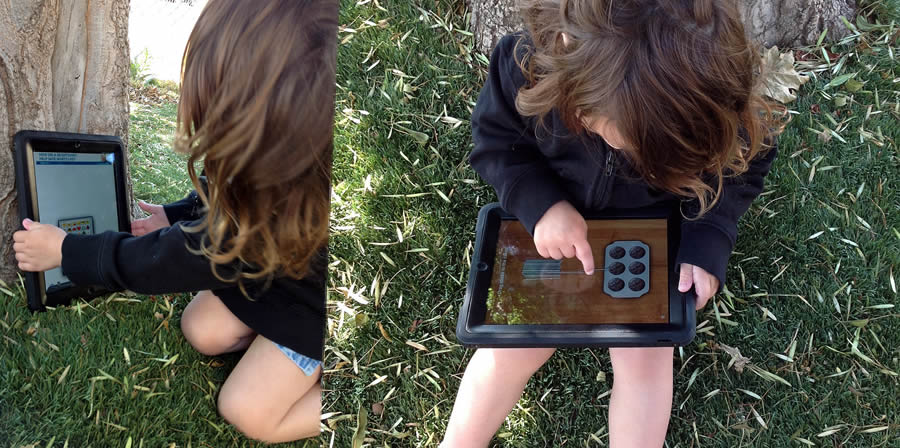Before attending the IDC’14 conference I had not thought of personalization from the perspective of enabling persons who use an artefact to explore the artefact. I had only thought of personalization as based on algorithms or settings. The new perspective feels very valuable.
Enable exploration and curiosity
I was recently at the conference Interaction Design and Children in Aaahus, Denmark and had the pleasure of attending the keynote by Paulo Blikstein, Director of Transformative Learning Technologies Lab at Stanford. Paulo mentioned, almost in passing, that personalization should help persons explore their own interests and help them tailor their work to their own desires and way of learning. Paulo spoke of it in an educational context, but to me it rings true in general.
The logic of education systems should be reversed so that it is the system that conforms to the learner, rather than the learner to the system. This is the essence of personalisation.
The quote is from a Futurelab report (pdf) and express the same sentiment that Paulo conveyed to me in the keynote.
Algorithms
Several companies create tools that enable publishing houses to automatically suggest content based on the article one is reading. Such a tool is also built in to the WordPress JetPack add-on/service. However, these algorithmic systems often suggest weird things. Or it might be that the machines do good work and that I only notice the occasional weirdness.
Mat Honan experimented with his Facebook News Feed. His behavior, clicking Like on everything he saw, made his News Feed extreme and unbearable. The algorithms could not handle his (erratic?) actions.
The developments in Ferguson, USA, has been written about a lot in the States recently – in classic media but more among citizens. Zeynep Tufekci analyzed the visibility of #ferguson and found great problems in algorithmic feeds.
In an article from The Atlantic the reporter dives into the systems that Netflix use to create their (sometimes quirky) genres:
If you use Netflix, you’ve probably wondered about the specific genres that it suggests to you. Some of them just seem so specific that it’s absurd. Emotional Fight-the-System Documentaries? Period Pieces About Royalty Based on Real Life? Foreign Satanic Stories from the 1980s?
If Netflix can show such tiny slices of cinema to any given user, and they have 40 million users, how vast did their set of “personalized genres” need to be to describe the entire Hollywood universe?
The system, it turns out, is based on professionals tagging each piece of content with keywords for plots, morality, goriness and lots of other aspects. By combining the taxonomy of tags with the content that has been tagged they created about 76 000 genres and the ones with enough content are displayed. Which are showed to you is based on your viewing history. This system is of cause enormously expensive to create and maintain.
On Netflix one can also search for content and browse via broad genres such as “British” and “Horror”. There is also the famous list of “episodes you’ve started watching but not finished”. However, the main way that Netflix handles personalization is via the system of algorithms and content tags.
Settings
A common, and sometimes very valuable, way of offering personalization is via settings. On OrkidéPrat members can personalize the main feed by changing which content types are displayed. They can also change the content and look of their profile pages. This kind of “personalization via settings” is a strong game dynamic and help persons feel ownership of a system. In games one can often personalize ones avatar. In MineCraft and various FarmVille copies this kind of personalization is more central – setting up ones world is a core part of the game.
The new perspective can be a good tool for me
Good Interaction Design is always based on knowledge of the desires, problems and goals of the persons who will use the artefact. When creating solutions I will try to remember that personalization that help persons explore the artefact can be a valuable tool. This kind of personalization can help persons reach their goals quicker or solve their problems more efficiently.
One nice thing about this kind of personalization, as compared to the algorithmic version, is that I myself can create large parts of the “logic” that make the personalization possible. It might not even require login or other kinds of session persistence, thus making programming the solution even easier.
Image of


